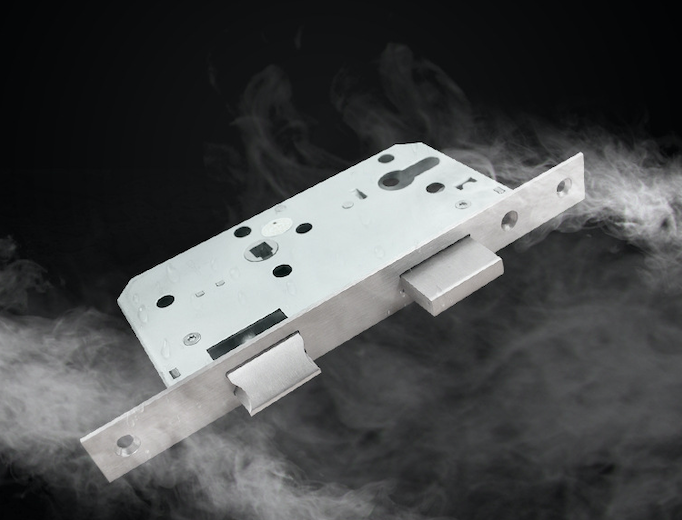A mortice lock is a traditional locking mechanism that’s commonly used in timber doors—both internal and external. Unlike surface-mounted locks, mortice locks are installed within the door itself, providing an added level of strength and security. They’re designed to offer a reliable and secure locking point at the center of the door, making them a popular choice for homeowners, businesses, and anyone looking to upgrade their door security.
In this blog, we’ll walk through everything you need to know about mortice locks, including different types, how to choose the right one for your door, and important standards to consider when selecting a lock. Whether you’re replacing an existing lock or installing a new one, this guide will help you make an informed decision.
What is a Mortice Lock?
A mortice lock is a type of lock that is embedded into the body of a door, rather than mounted on the surface. It’s typically used in traditional timber doors, whether for exterior or interior applications. Mortice locks are robust, offering enhanced security by locking at the center of the door, which makes them less vulnerable to forced entry than surface-mounted locks.
There are a few different options available when selecting a mortice lock, including two common types: the deadlock and the sashlock. These options differ in how they operate and how they’re used, depending on your needs.
Types of Mortice Locks
Deadlock
A deadlock is the simplest form of mortice lock. It’s operated by a key only, with no handle required. The central deadbolt is retracted by turning the key or using a thumbturn, providing a secure locking point. Deadlocks are commonly used in conjunction with a Nightlatch (a surface-mounted lock) to provide additional security, especially for external doors. Deadlocks are ideal when you need a single locking point and don’t require the convenience of a latch bolt.
Key Features:
Operated by key or thumbturn only
No handle required
Often used in conjunction with other locks, such as a Nightlatch
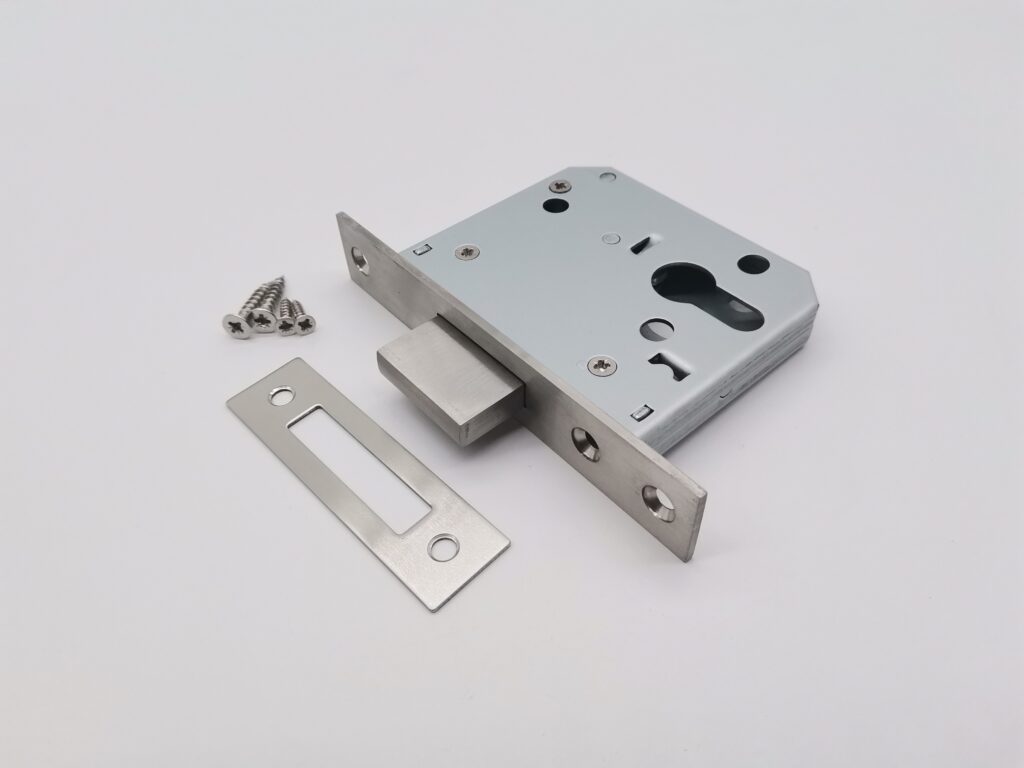
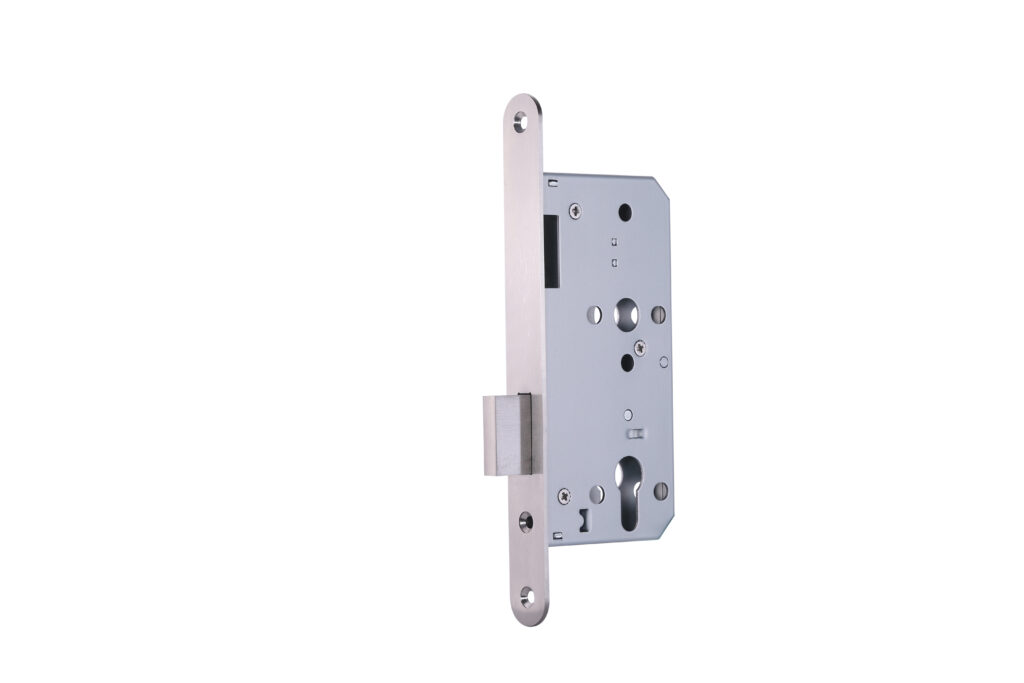
Sashlock
A sashlock, on the other hand, is more versatile. It includes both a latch bolt (operated by a handle) and a central deadbolt (operated by a key). When you turn the key, it retracts the deadbolt, and when you depress the handle, it operates the latch. Sashlocks are often used on doors where you need both a latch and a secure locking point, such as on internal doors or external doors without a separate locking point.
Key Features:
Includes both a latch and a deadbolt
Operated by both key and handleIdeal for doors without a separate locking mechanism, like a Nightlatch
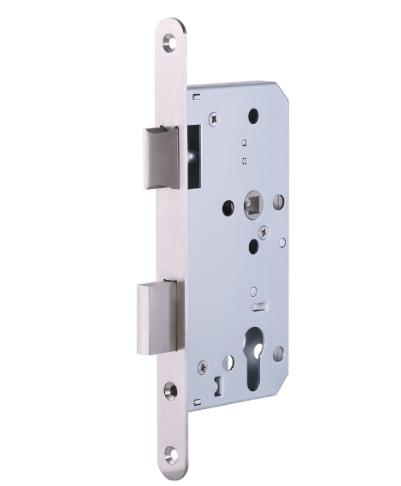
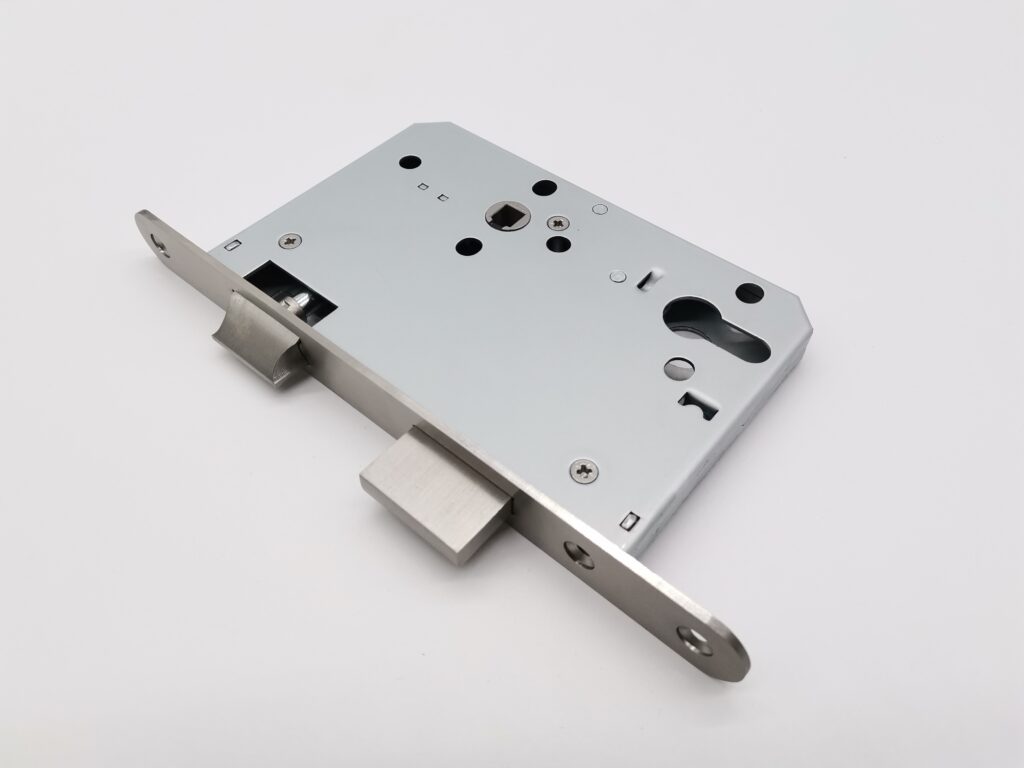
How to Choose the Right Mortice Lock
When selecting a mortice lock, it’s important to consider the application. Whether you’re installing the lock on an external or internal door will affect the level of security you need. Here are some factors to keep in mind:
Application (External or Internal Door)
The primary factor influencing your choice of mortice lock is the type of door. For external doors, you’ll likely need a lock that meets higher security standards due to the increased risk of break-ins. Internal doors, on the other hand, don’t require the same level of security but still benefit from a durable and reliable lock.
Existing Lock or New Installation
If you’re replacing an existing lock, it’s essential to choose one that matches the size and layout of the previous lock to ensure it fits properly in the door. If you’re installing a new lock, you’ll need to measure the door carefully and select a lock that fits the dimensions and specifications.
Locking Functionality
Consider how you want the lock to function. Do you need a lock that allows for quick access, such as on an internal door where frequent use is expected? Or do you need a lock that provides a higher level of security, such as on an exterior door? Some doors may also require a secondary lock for added security.
Lock Standards
When choosing a mortice lock, check the relevant standards it meets. The British Standard (BS) that the lock adheres to can give you a good idea of its security level. If security is a concern, ensure that the lock meets the appropriate BS standard for its intended use.
Important Lock Standards to Know
DIN18251: Lock Body Size Regulation
DIN18251 is an international standard that governs the external dimensions of mortice lock bodies. This regulation ensures that mortice locks from different manufacturers will have compatible external dimensions, making it easier for door manufacturers and users to select and install lock bodies. While internal structures may vary between manufacturers, the external dimensions remain the same, so it’s easier to fit or replace mortice locks.
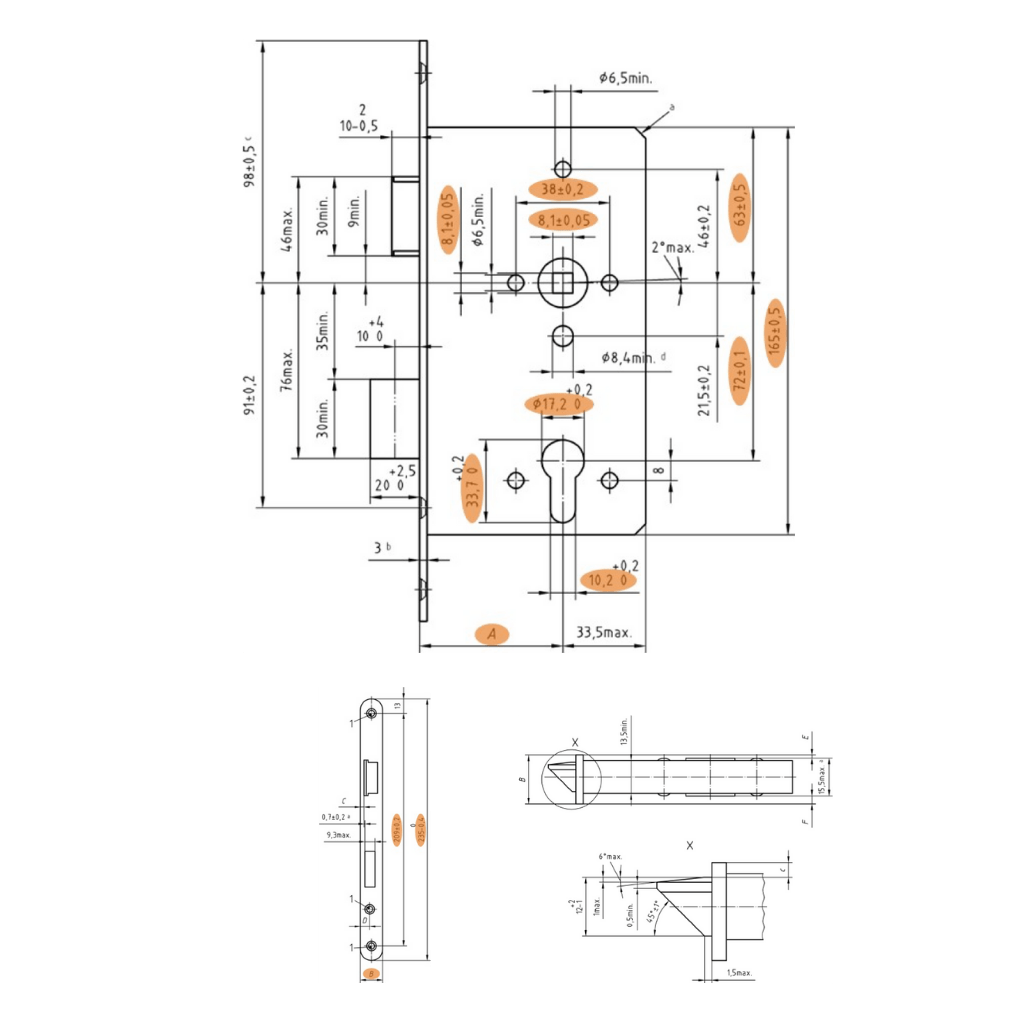
EN12209: Mechanical Performance Standard
EN12209 is a standard that assesses the mechanical performance of mortice locks. Locks that pass this test are assigned a code that indicates their performance level, making it easier to judge their quality and choose the right lock for your needs. A lock with a higher EN12209 rating may be more secure and durable, so consider this standard when selecting a mortice lock for high-security applications.

Conclusion
Mortice locks offer a traditional and secure solution for both internal and external doors. Whether you need a simple deadlock or a more versatile sashlock, understanding the different types of mortice locks and the relevant standards can help you make an informed decision.
As you consider which lock is right for your application, remember to think about the level of security you need, whether the lock is for a new installation or a replacement, and the type of operation you prefer. Always refer to the manufacturer’s guidelines to ensure you’re selecting the right product, and consider consulting with a professional if you’re unsure.
With the right mortice lock, you can ensure your doors remain secure and functional for years to come.

